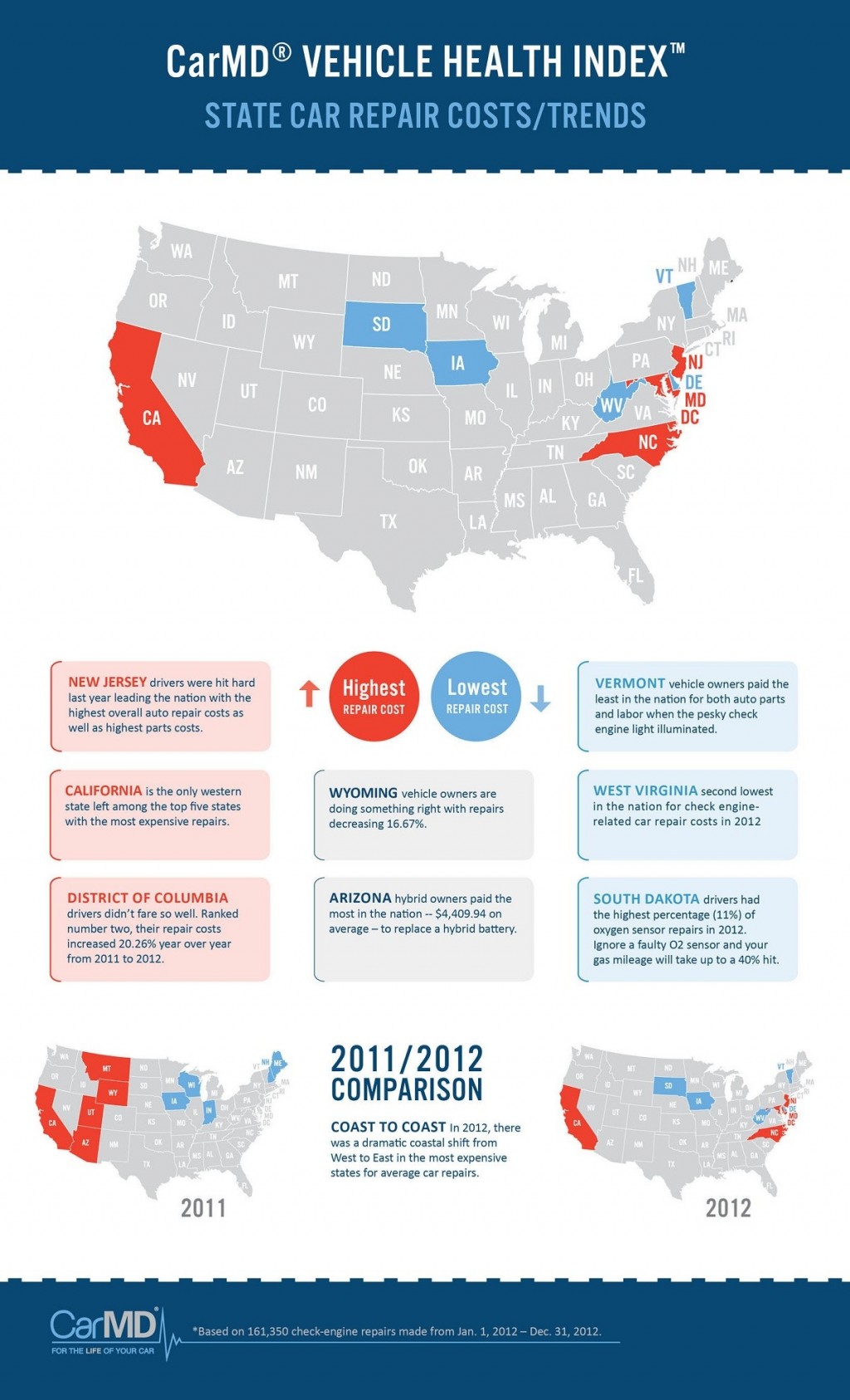When you lag the wheel, those little warning lights on your automobile's dashboard can be quite difficult. What do they mean, and should you be worried? Comprehending these signals is important for your car's wellness, yet it doesn't have to be a complicated job. By decoding the mystery behind each light, you'll be equipped to deal with potential issues properly and maintain your car running efficiently. So, next time a caution light flashes, don't panic - arm yourself with knowledge and take control of the circumstance.
Significance of Cars And Truck Caution Lights
Comprehending the value of your auto's caution lights is essential for preserving your car's health and safety. These lights function as your car's interaction system, alerting you to potential issues that can endanger your security when driving or bring about pricey repair work if neglected. By taking note of these warnings, you can attend to problems early and prevent further damages to your automobile.
Neglecting cautioning lights can lead to significant repercussions, such as engine failure, brake breakdowns, and even crashes. These lights are created to inform you of issues varying from low tire stress to engine breakdowns, giving you the opportunity to act before the situation gets worse. On a regular basis examining and comprehending these warnings can conserve you time, money, and ensure your safety while driving.
In addition to maintaining you safe, responding without delay to advising lights can additionally aid lengthen the life expectancy of your automobile. By dealing with issues at an early stage, you can avoid small problems from rising right into significant repair services, eventually saving you time and money in the long run. Remember, your automobile's caution lights are there for a reason - do not disregard them!
Common Caution Lighting and Meanings
When it pertains to driving your car, understanding usual caution lights and their meanings is important for your security and automobile upkeep. Below are a couple of common warning lights you might encounter:
1. ** Examine Engine Light **: This light shows a problem with your engine. It could be something small like a loose gas cap or something much more serious like engine misfiring.
2. ** Battery Light **: This light signals a problem with your car's billing system. It could show a faulty battery, generator, or other associated elements.
3. ** Oil Pressure Light **: When this light begins, it suggests your engine might be running low on oil or experiencing reduced oil stress, which can result in engine damages otherwise addressed quickly.
4. ** Brake System Light **: This light shows a concern with your braking system. It can imply low brake liquid degrees or an issue with the brake system that requires prompt interest.
Recognizing these usual caution lights will help you determine potential problems beforehand and avoid more significant troubles down the road.
How to Respond to Caution Lights
On the occasion that a caution light illuminates on your vehicle's dashboard, it's vital to react quickly and suitably. When brake line leak repair cost begins, the initial step is to consult your proprietor's handbook to understand the specific problem suggested by the light.
Some lights need prompt attention, while others may suggest a less urgent issue. If the caution light is red or flashing, it's usually an indication of a major issue that needs instant action. In visit the up coming internet site , it's advisable to pull over safely, turn off the engine, and seek expert aid.
For yellow or orange caution lights, while they may not need prompt attention, it's still vital to resolve the underlying problem quickly to avoid additional damage. Normal upkeep and evaluation can help prevent advising lights from coming on all of a sudden.
Conclusion
In conclusion, recognizing your car's warning lights is vital for maintaining your car's health and safety. By consistently checking and reacting to these cautions, you can address prospective concerns early and stop expensive repair services or security threats. Remember to consult your proprietor's manual for information on different warning lights and always take instant action for red or blinking lights. Remain proactive and maintain your cars and truck running smoothly!
